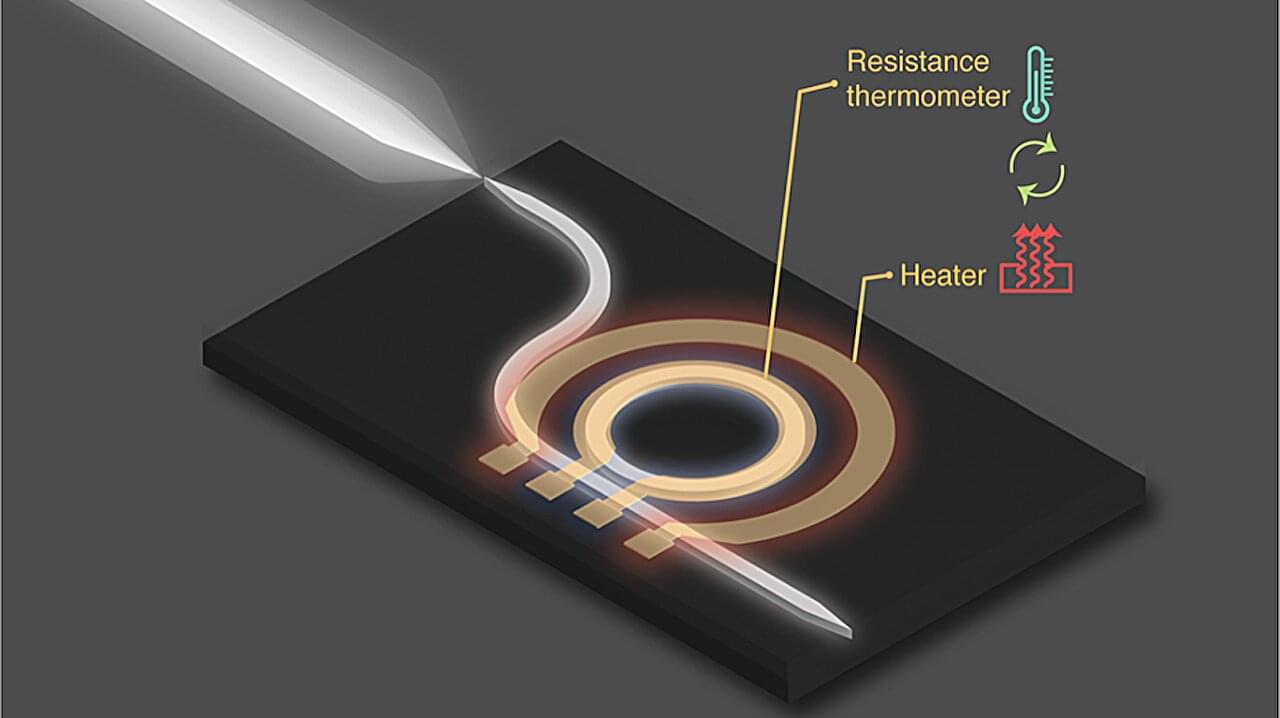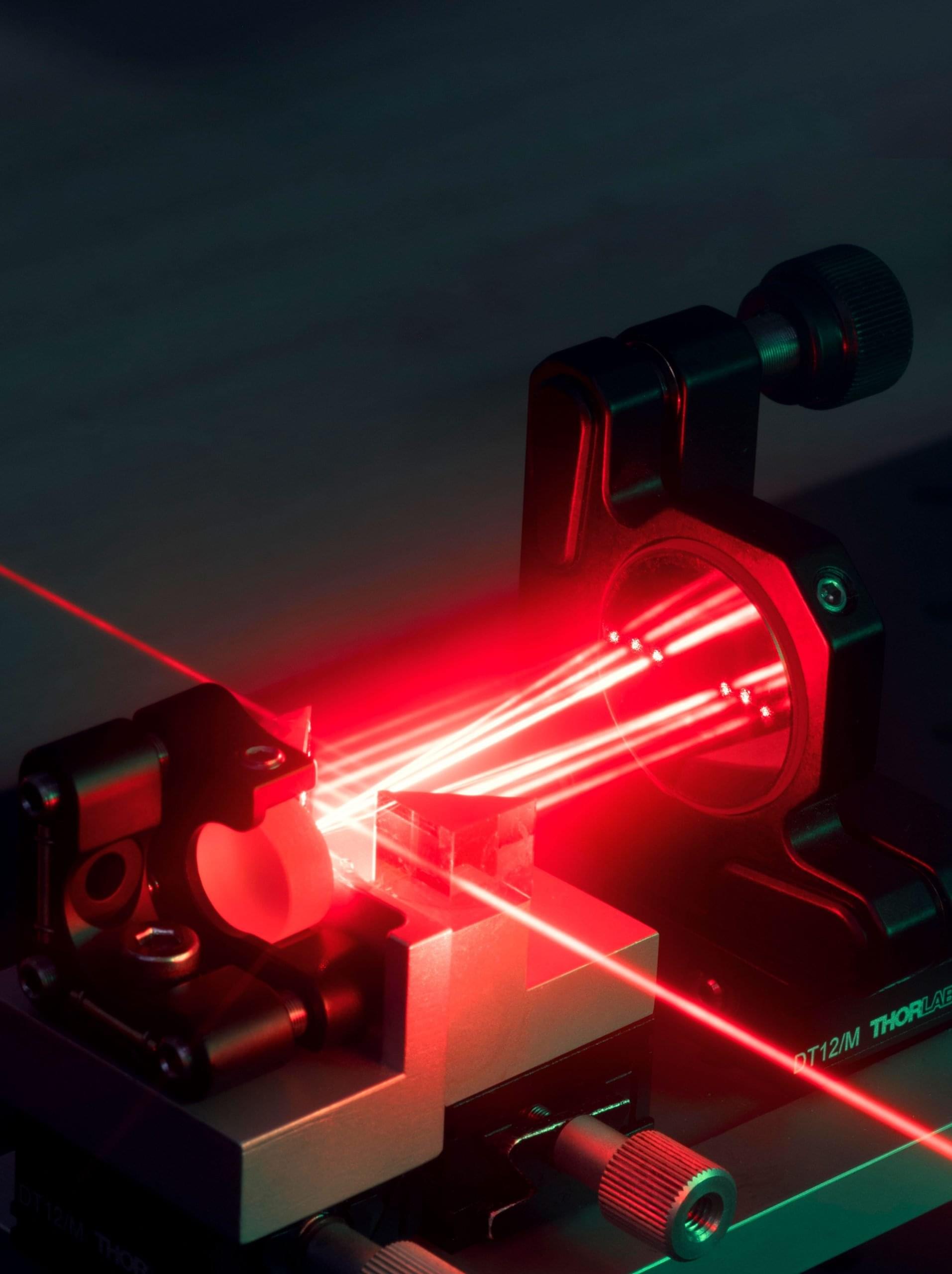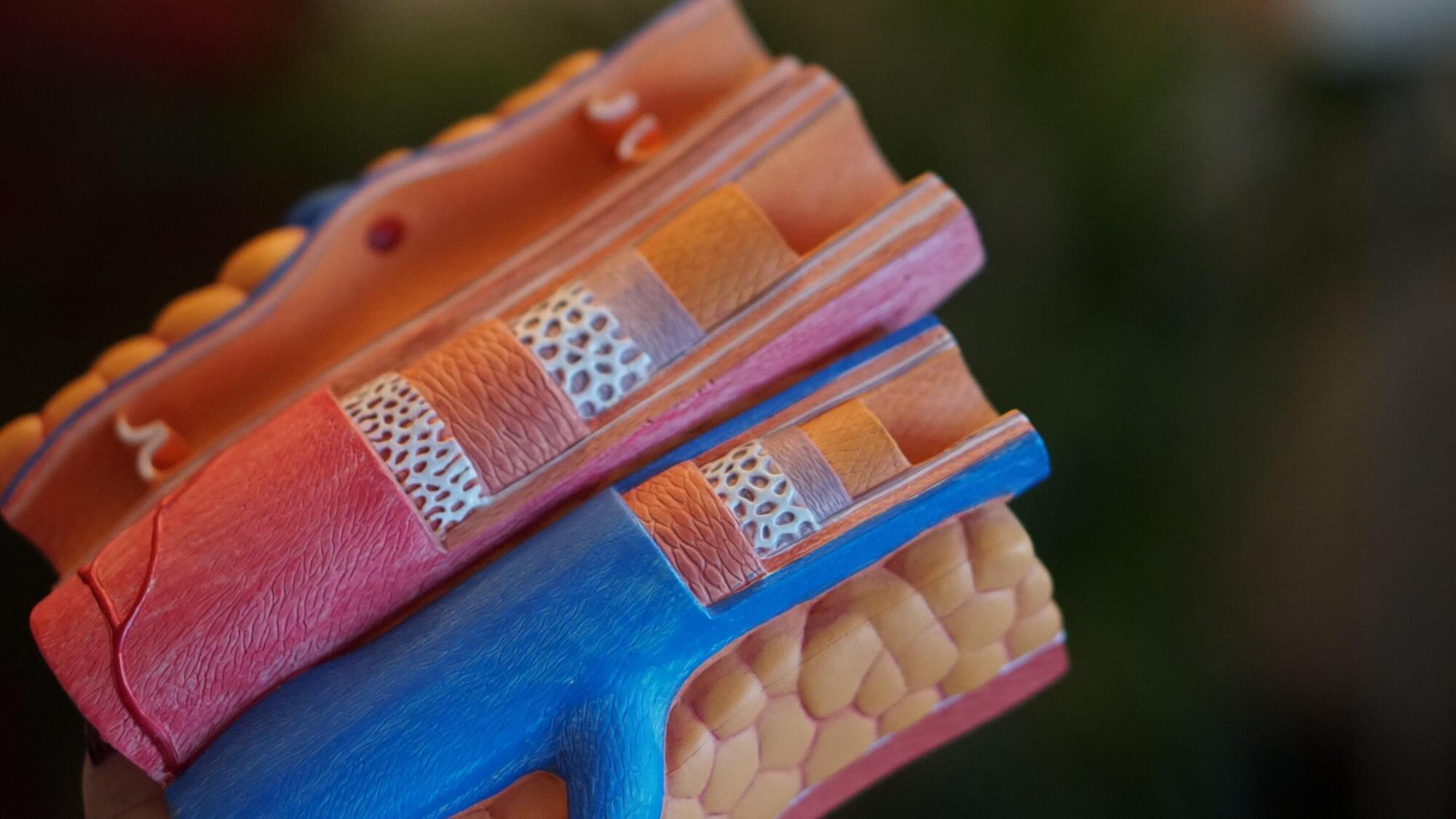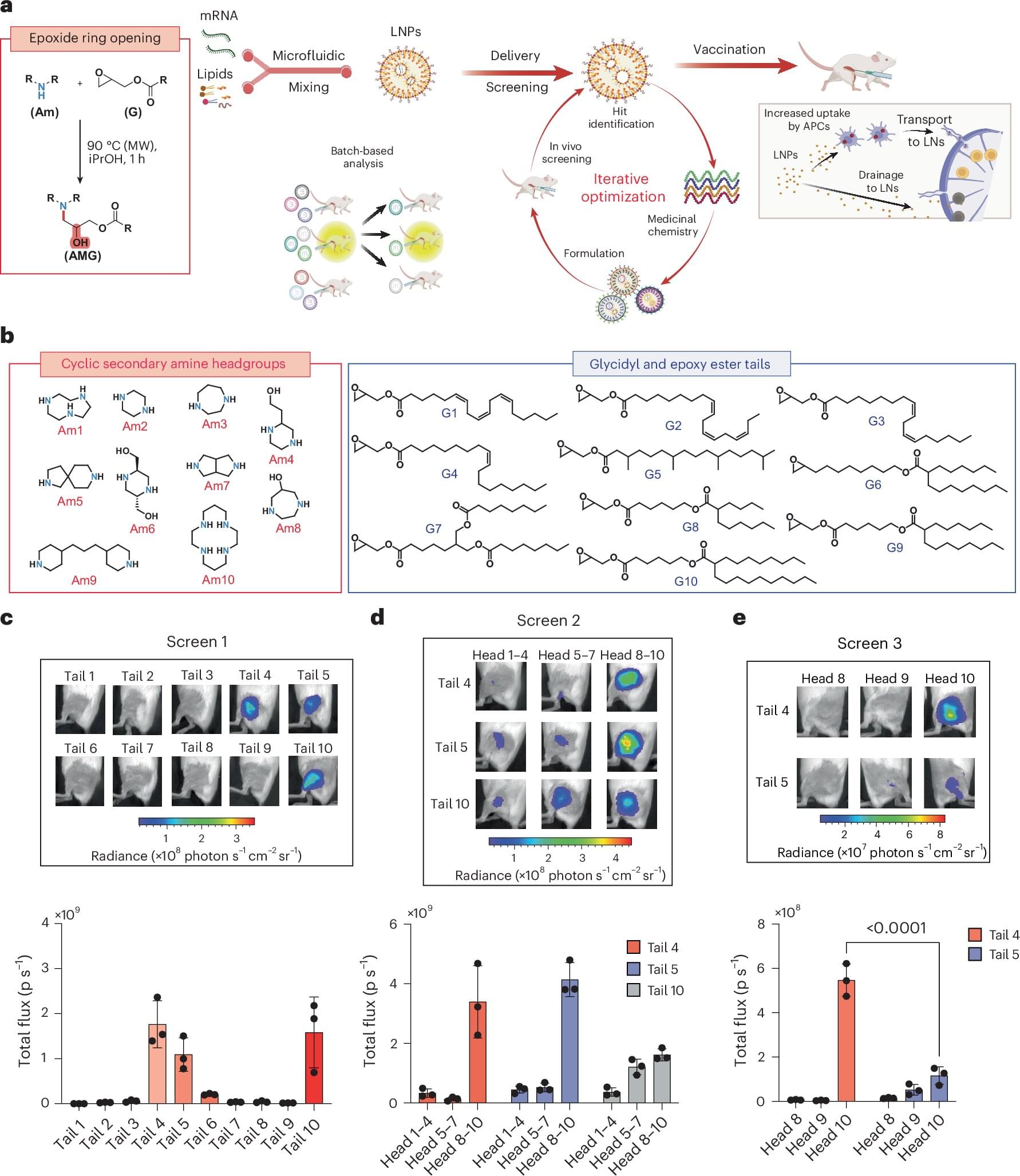Metastatic melanoma cells that have spread to lymph nodes survive by relying on a protein called ferroptosis suppressor protein 1 (FSP1)—a surprising metabolic dependency that could open the door to a new class of cancer treatments, according to a new study led by Harvard T.H. Chan School of Public Health.
The researchers say the study, published in Nature, not only highlights the therapeutic potential of drugs that inhibit FSP1, but also offers new ways to understand cancer and its vulnerabilities.
Ferroptosis is a form of cell death driven by excessive lipid oxidation in cell membranes. When this occurs, the cell’s structural integrity collapses, leading to death. Cancer cells rely heavily on antioxidant proteins like FSP1 to prevent ferroptosis.







